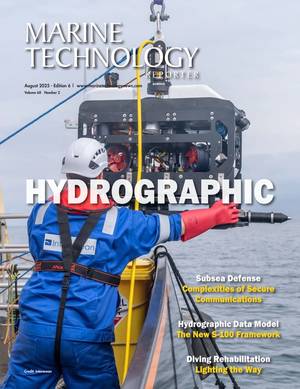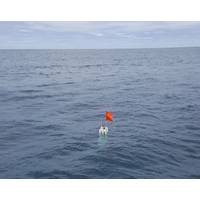
Reader Feedback: Lander Lab - Buoyancy
. Charles MacVean (USN, retired):Kevin, I read with interest your article on Buoyancy. I noticed that you spent a vast majority of the article on rigid or non-compressible buoyancy materials and systems, and little on compressible flotation systems. I know you have experience with both compressed gas compensation and flotation systems, and have amassed a body of work on these non-rigid systems. Perhaps you could use that scientific evidence and field experience to substantiate the attractiveness of compressed gas as a shallow water alternative to rigid flotation systems.Your next article

Subsea Crane Takes a Long Journey
subsea applications. Pactronic is characterized by an additional energy storage device. A hydraulic accumulator supplements the fluid pump in delivering power to the system. It serves as a pressure storage reservoir incorporating a gas in conjunction with a hydraulic fluid. Energy is stored in this compressed gas to be released upon demand. The AHC system is fully integrated in the Litronic system. One of its most important features is its self-learning function. It automatically recognizes the vessel’s motion and adjusts itself according to this information. Hence, the system does not need to
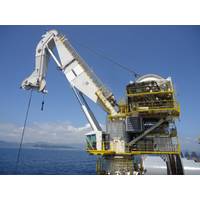
Single Lift of RL-K 7500 Subsea Crane
subsea applications. Pactronic is characterized by an additional energy storage device. A hydraulic accumulator supplements the fluid pump in delivering power to the system. It serves as a pressure storage reservoir incorporating a gas in conjunction with a hydraulic fluid. Energy is stored in this compressed gas to be released upon demand. The revolutionary AHC system is fully integrated in the proven Litronic system. One of its most important features is its self-learning function. It automatically recognises the vessel’s motion and adjusts itself according to this information. Hence
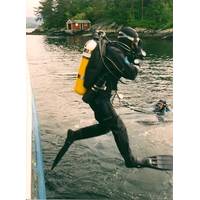
Warning for Breathing Gas Users
average exposure limits which are specified in the HSE publication EH40. However, contamination can occur when gases or vapors are drawn into a compressor accidentally as a result of a leak or a spillage, or from a nearby chemical reaction or combustion process. As a result, any analysis of the compressed gas that only measures specific compounds is unlikely to detect any unforeseen contamination and this is the reason for FTIR being the preferred analytical technology for breathing gas analysis.

MTR100 '13 AXSUB Inc.
& analyzers); Oxylance (cutting & welding rods); BIRNS Aquamate (underwater connectors); and Subsalve (lift bags). The Tech: Using current state of the art industrial communication protocols, the AxDDM can utilize several different types of sensors that can be mounted on the diver, in the compressed gas analyzer or in the environment. The information is displayed on the screen in a user friendly manner. Whether you only want to record the video streaming of the job, or to log the data from the whole operation for Training, Insurance or Quality Control Purposes, the AxDDM is designed to support
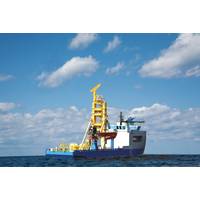
RL-K 7500 Subsea Crane
subsea applications. Pactronic is characterized by an additional energy storage device. A hydraulic accumulator supplements the fluid pump in delivering power to the system. It serves as a pressure storage reservoir incorporating a gas in conjunction with a hydraulic fluid. Energy is stored in this compressed gas to be released upon demand. The AHC system is fully integrated in the Litronic system. One of its most important features is its self-learning function. It automatically recognizes the vessel’s motion and adjusts itself according to this information. Hence, the system does not need to



 August 2025
August 2025
